All the talk last week was for Darcy James Argue’ s Secret Society CD and release gig. The show got rave reviews, the CD’s winging its way into the world, and that’s swell. But I want to do it all over again this week, for another New Amsterdam release that I think is every bit a magical in its own way:
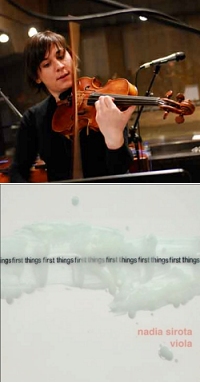 I first pointed you to the amazing young violist Nadia Sirota here back in 2006. I said she was “fast track” but totally fresh then; the track, if anything, has only gotten faster but the freshness has remained through it all. Her crazy performance schedule has included The Meredith Monk Ensemble, Alarm Will Sound, Continuum, ACME (the American Contemporary Music Ensemble), yMusic, and the Wordless Music Orchestra, Max Richter, Jóhann Jóhannsson, Stars of the Lid, The Swell Season, Sam Amidon, Doveman, Bryce Dessner, Gabriel Kahane, and Valgeir Sigurðsson, Grizzly Bear, Ratatat, Doveman, and My Brightest Diamond. Not only that, she also daily co-hosts WNYC’s Overnight Music show!
I first pointed you to the amazing young violist Nadia Sirota here back in 2006. I said she was “fast track” but totally fresh then; the track, if anything, has only gotten faster but the freshness has remained through it all. Her crazy performance schedule has included The Meredith Monk Ensemble, Alarm Will Sound, Continuum, ACME (the American Contemporary Music Ensemble), yMusic, and the Wordless Music Orchestra, Max Richter, Jóhann Jóhannsson, Stars of the Lid, The Swell Season, Sam Amidon, Doveman, Bryce Dessner, Gabriel Kahane, and Valgeir Sigurðsson, Grizzly Bear, Ratatat, Doveman, and My Brightest Diamond. Not only that, she also daily co-hosts WNYC’s Overnight Music show!
But now it’s her chance to shine on her own. Next week New Amsterdam is releasing Nadia’s first solo CD, appropriately titled First Thing First. All of the composers represented (Nico Muhly, Judd Greenstein, Marcos Balter) as well as the perfomers (cellist Clarice Jensen and the Chiara Quartet — which happens to have as violist Nadia’s brother Jonah!) are her personal friends. As much as a setting out, it’s a celebration of an intimate web of personal relations and creative energy.
Just as with DJA last week, Galapagos Gallery (located in DUMBO, 16 Main Street, corner of Water Street) is hosting a release show this Friday, May 15th at 8pm, tickets $12. Two of the composers (Nico & Judd) All of the composers and all of the CD’s performers will be on hand, so you can’t get a better experience than that.
 Last year I mentioned seeing an exhibition here in Houston, “Every Sound You Can Imagine“; a compilation of all kinds of newer musical manuscripts and scores. Then just yesterday I was reading of a show at the Akademie der Künste in Berlin, “Notation, calculation and form in the arts“. All, of course, continuing the tradition of John Cage’s and Alison Knowles’ seminal 1969 book Notations (available complete online right now as a PDF download).
Last year I mentioned seeing an exhibition here in Houston, “Every Sound You Can Imagine“; a compilation of all kinds of newer musical manuscripts and scores. Then just yesterday I was reading of a show at the Akademie der Künste in Berlin, “Notation, calculation and form in the arts“. All, of course, continuing the tradition of John Cage’s and Alison Knowles’ seminal 1969 book Notations (available complete online right now as a PDF download). If you happen to be in the Lake Erie neighborhood tomorrow night, the Cleveland Orchestra will be showcasing several new works by American and British composers under the baton of
If you happen to be in the Lake Erie neighborhood tomorrow night, the Cleveland Orchestra will be showcasing several new works by American and British composers under the baton of 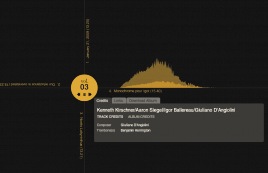 While online culture increasingly favors a posture of transparent, even mundane personhood, Igor Ballereau and Jody Pou buck this trend with the enigmatic netlabel
While online culture increasingly favors a posture of transparent, even mundane personhood, Igor Ballereau and Jody Pou buck this trend with the enigmatic netlabel 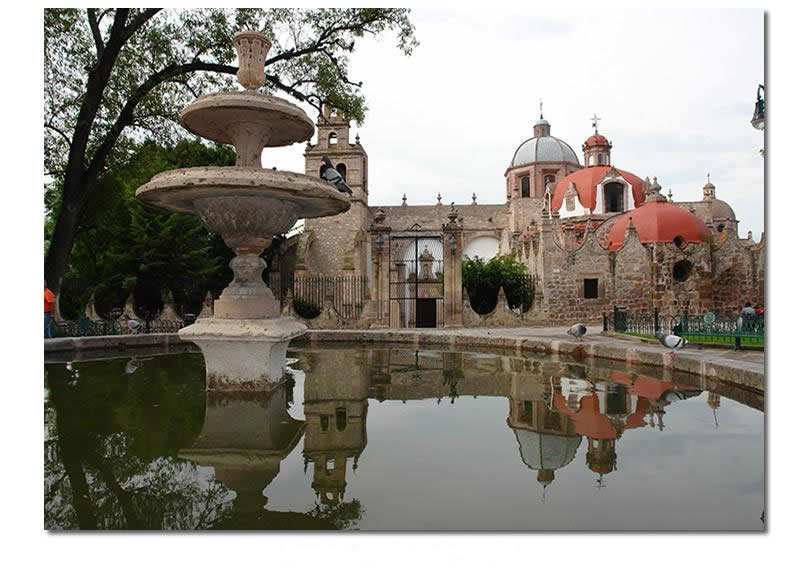
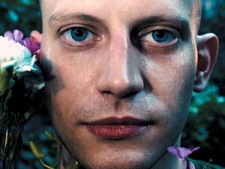 …That would be the light emanating from New York’s P.S. 122 this Friday and Saturday night, where the International Contemporary Ensemble (ICE), choreographer Yvan Greenberg and stage director Emma Griffin will be partnering with our old (well, young actually) friend Corey Dargel in his latest set of sweetbittersweet songs,
…That would be the light emanating from New York’s P.S. 122 this Friday and Saturday night, where the International Contemporary Ensemble (ICE), choreographer Yvan Greenberg and stage director Emma Griffin will be partnering with our old (well, young actually) friend Corey Dargel in his latest set of sweetbittersweet songs, 

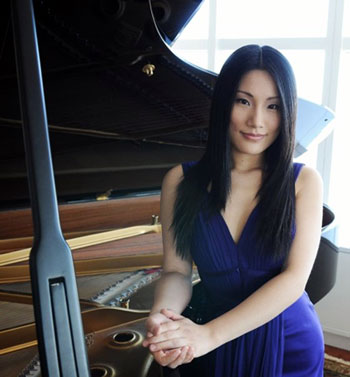
 I first pointed you to the amazing young violist
I first pointed you to the amazing young violist